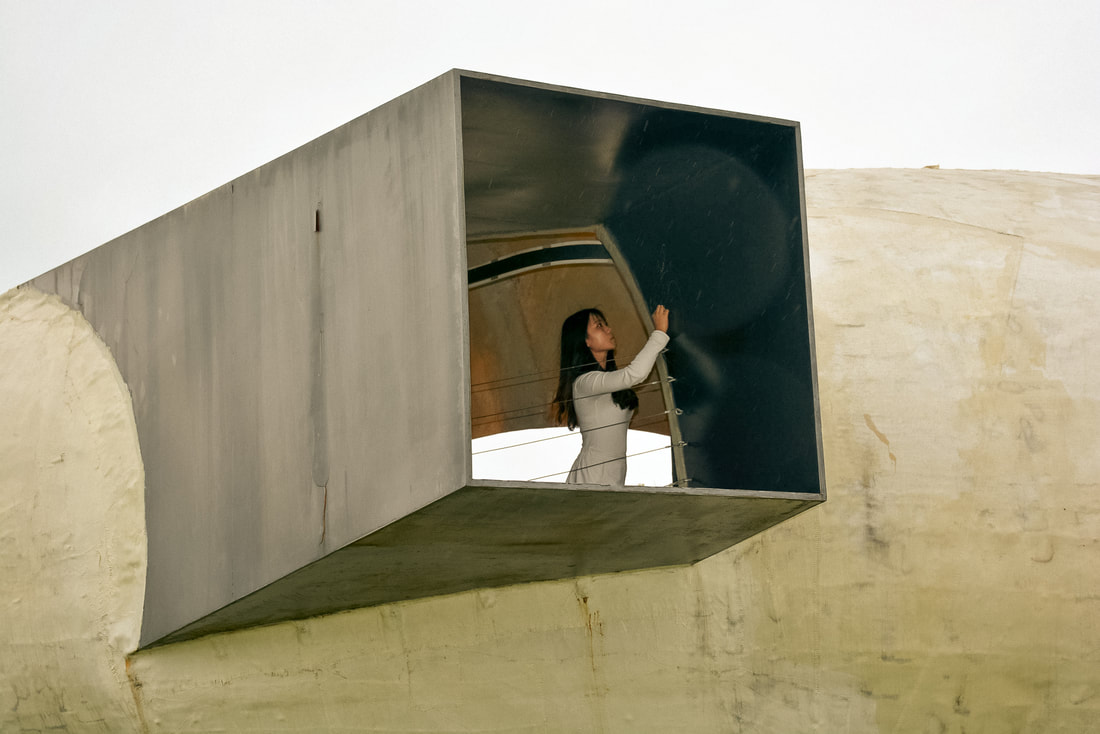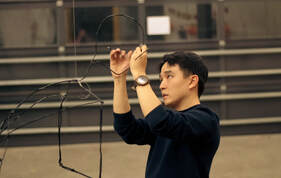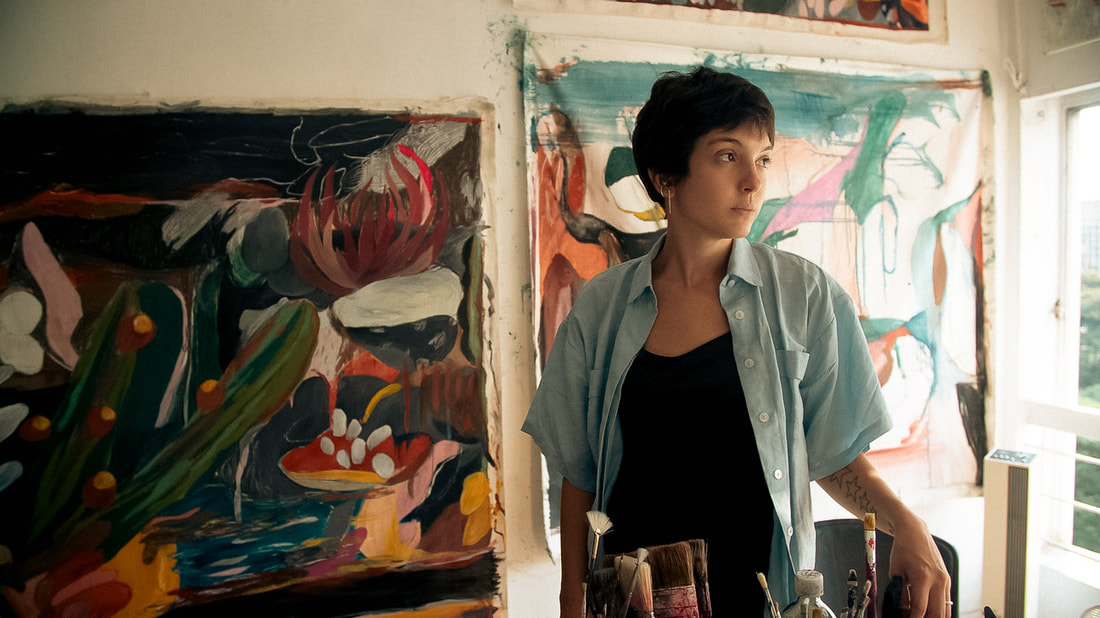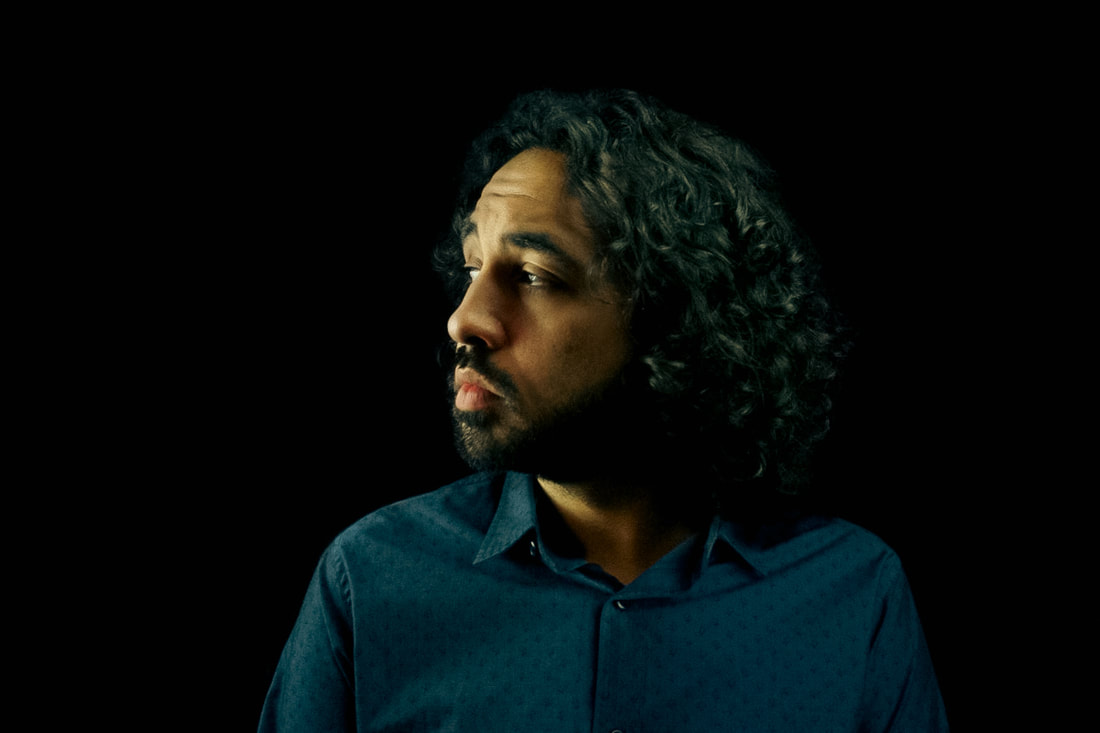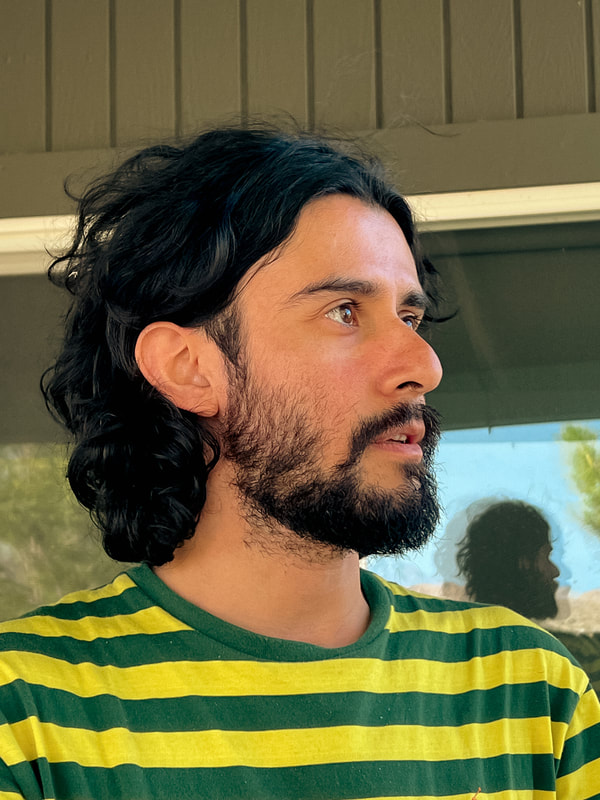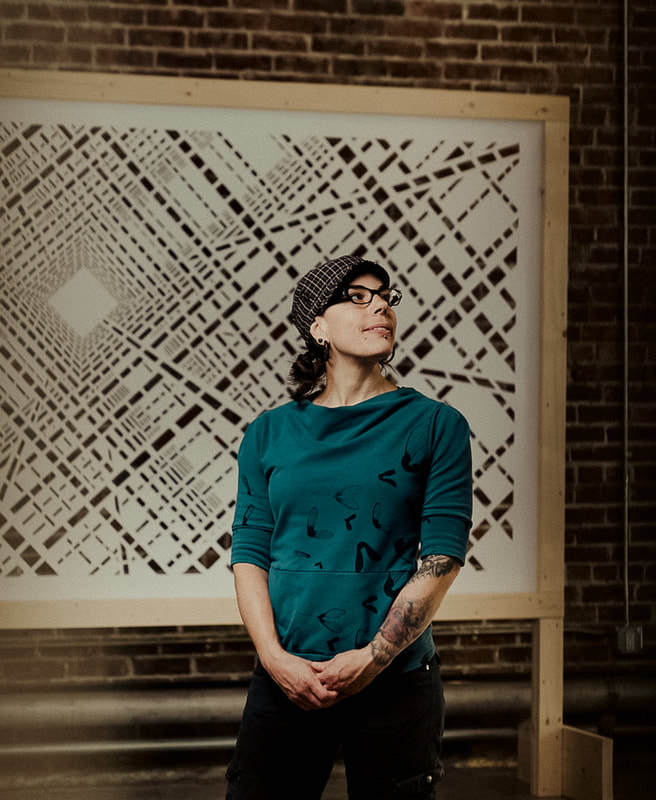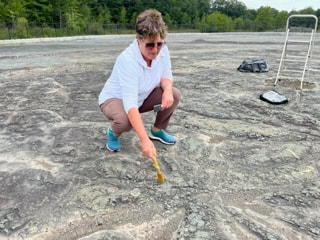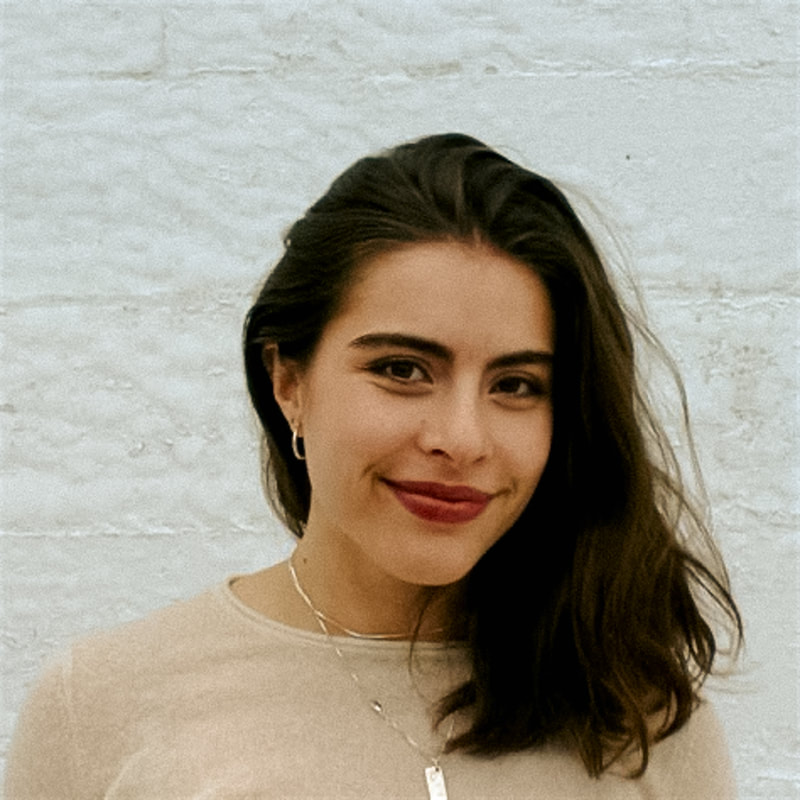Our 2023–2024 Residency Recipients
Sichong Xie is a multidisciplinary artist living and working in Los Angeles. Her practice combines movement and material in body-based sculptural forms. By placing traditional sculptural forms within new sites, materials, and social constructs, she investigates these forms and movements within global communities to reconsider and re-envision shared spaces and performative practices. Through her work, she raises questions about identity, politics, cross-culturalism, and the surreal characteristics of her body in the ever-changing environment. During her JTHAR residency, Sichong will continue working on a body of work that reimagines unrealized architectural drawings created by my grandfather, who was exiled to a labor camp by Chinese authorities. Sichong plans to build a bamboo scaffold and multi-channel video installation that brings the materiality of the natural bamboo into direct conversation with the mass-produced nature of the commercial scaffolding and its role in development with the never-ending labor required by commercial buildings. This structure will address the study of human populations, their geographical locations and the resulting cultural movements resulting from migration.
Chang-II Kim is an artist born in Busan, South Korea, and is currently attending Maryland Institute College of Art to pursue his MFA at the Rinehart School of Sculpture. His work focuses on the transformation of visual space by using linear materials, such as wire, to show the transition between two and three dimensions. His thesis is: "The relationship between reality and imagination is bilateral. This is because as the imagination moves into reality, the objects or situations we see or feel are reflected differently from the original as they enter our minds through the process of recognition. While in residency at JTHAR, he will continue exploring this concept by working on a series of artworks that show an abstract drawing on a canvas extending out in 3-D forms made from shapes, lines and the artist's ideas.
Justin M. Zielke is a visual artist based in San Francisco who recently had a near-death experience. During his time at JTHAR, Justin plans to further investigate this experience through figurative art by documenting the sculpting process using stop motion. Justin reflects, "I have employed my knowledge of the human body and classical sculpting to symbolize moments of our life we cherish. Figures float above a bare background emerging with clarity, shifting with nervous energy to find something familiar, or simply fading back into nothing. Each mark made in clay is documented as if every thought is worth clinging."
Fernanda Galvão is a visual artist based in São Paulo, Brazil, whose mediums include painting, video and sculpture. Her artistic practice constructs paintings from science fiction references and her experience observing and studying elements of nature and then using stains to build masses of color with different types of gestures in painting and drawing. While in residence at JTHAR, she will continue research on the construction of a pictorial language and new artistic gestures based on the study of the rocky landscape and unique biomes of Joshua Tree. "My painting practice is built from the relationship between stain and matter, from the use of the oil medium to build waters that run down the surface of the canvas, with the mixture of drawings, scratches, gestures, and the addition of matter. In this sense, visiting, experiencing and studying Joshua Tree is the possibility of building a new repertoire of gestures from elements of a new landscape, to build a new world."
Keith S. Wilson is a poet, editor and game designer based in Chicago and a recipient of the 2023 Gothard Family Artist Scholarship. The topics he writes about are essential to his being—race, or family, or power, or the history of violence— as a result, the visual form of his writing is essential as well. During his residency at JTHAR, Keith will continue working on a manuscript of visual and lyric poems surrounding our legacy of American violence and insurrection. Keith remarks, "Our American history, as seen through the lens of a contemporary model like the visual-lyric poem, hasn't only happened: it is happening. It is constantly re-happening." Recently, Keith's work has been inspired by new "digital" and visual possibilities—poetry that utilizes typography, space, painting (gouache and watercolor) and digital formatting that the support of JTHAR will allow him to explore. |
Akilah Brown is the owner and editor of the blog "The Englishist" and Assistant Professor at Pasadena City College and Santa Fe College. She has spent over 25 years writing about mother/daughter relationships and female friendships inspired by slice-of-life stories. While in residency at JTHAR, Akilah will write a collection of short stories with the central character imagined after her Seminole great-grandmother, who worked for a Black family where she assimilated into Black culture. Akilah will research the history of Indigenous and African American people, their relationships with each other, how the land impacts cultural identity, and how environmental justice intersects with social and racial justice. "I plan to write stories and narratives that creatively and critically show Black people exploring their relationship to the environment, the outdoors, and Indigenous people. Because Black voices have been devalued and suppressed in environmental conversations, I can use my writing to show the outdoors as a space of inclusion and belonging."
Diego Sagastume is a self-taught artist and coder living and working in Guatemala City and the recipient of our 2022 Alma Ruiz Fellowship. Mainly focused on sculpture, photography, and video, his work analyzes the city as a space in which, through the confluence of multiple agents, tangible and intangible phenomena take place, as well as processes of mutual transformation between individuals and their surroundings. He is co-founder of Riña, an artist-run gallery and La Construcción, an exhibition space, bot based in Guatemala City
Katie Miller is an interdisciplinary artist based in Seattle. Her site-based practice investigates the temporality of our built and natural environments and how our perception of place is informed by our ever-changing surroundings. The imagery is often depicted as void, layered, segmented, and then reanimated with light and shadow to express the ephemerality of the built and natural landscapes. During her residency, Katie will develop a body of installations, sculptures, and 2-D work about the mining extraction processes, their socio-ecological impact and how rapid change impacts our sense of place and our natural ecosystems caused by Joshua Tree National Park's history of mining and the increase in mining for renewable energy production.
Beth Jones is a digital storyteller, author, journalist, and educator based in Boston, MA. By combining writing, research, video clips, and personal and archival imagery, her digital stories reveal small moments where lives pivot on something as unexpected as a found object or a brief moment in time while exploring human engagement with extreme situations and environments, including time, the climate crisis, and trauma. While in residency at JTHAR, she will continue work on Shadow Forests, a series of multi-media, immersive installations focusing on the intersections of deep time, climate change, and the expansive life and death of forests. The series explores Earth's most ancient fossil forests (385 million years old), their impact on planetary carbon, Earth's ecology, and their critical role in creating a habitable planet. Beth will consider the role Joshua Trees play in our environment and their place in human history by talking with the local Indigenous communities to learn about significant human and ecological resources. Valentina Ríos Romero is a writer from Mexico City. They are currently pursuing an MFA in fiction at the Iowa Writers' Workshop. At the heart of their writing are perspectives of queerness as defined by its potentiality. Valentina's writing concerns themes of displacement, agency, and desire. While in residence at JTHAR, Valentina will continue working on their first novel, Gesso, following the relationship between two Mexican painters at the cusp of their careers in present-day LA. Elements of this novel are informed by Valentina's previous work in the museum industry at institutions including the Whitney Museum of American Art, Oxford Modern and the Shelburne Museum and their experiences with prejudice and discrimination in these spaces. Valentine uses this critical lens in the novel to explore the other side of institutional dynamics and what it means to be an artist –– particularly a queer Mexican artist navigating the US art world. |

